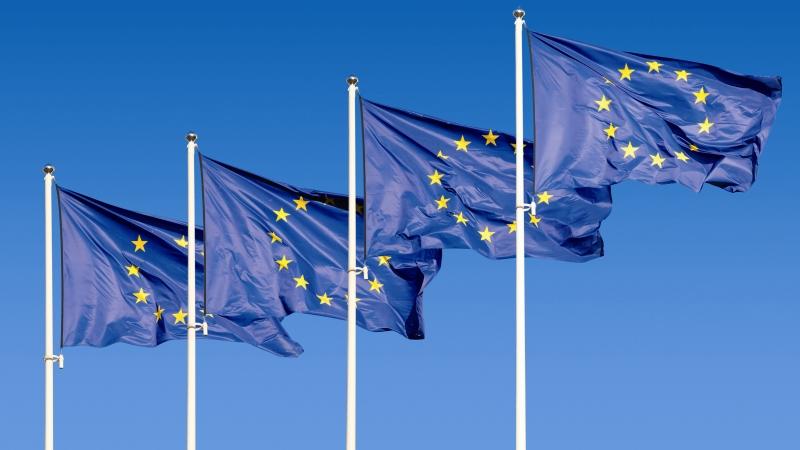
The EU has published a consultation as the first step towards modernising the Common Agricultural Policy (CAP).
Farmers, organisations, or anyone interested in the future of food and farming in Europe, now have three months to share their experiences and ideas to help shape future EU policy.
EU Agriculture and Rural Development Commissioner Phil Hogan said it must be refined, simplifying and revitalised for this century.
He said: "The Common Agricultural Policy is already delivering major benefits for every European citizen, in terms of food security, the vitality of rural areas, the rural environment and the contribution to the climate change challenge.
"By designing a roadmap for the future, I am confident it can deliver even more. But we must refine it, and revitalise it, and – of course – we must adequately fund it."
'Cannot keep changing'
But Pekka Personen, secretary general of EU farmers group Copa said: "We are still getting to grips with the latest CAP reform, which has only been in place for two years. We cannot keep changing it every couple of years."
The CAP has already undergone several waves of reforms, the latest of which was carried out in 2013 and implemented in 2015.
However, the context in which that reform was forged has shifted significantly which means the key challenges agriculture and rural areas are facing today, in terms of social, political, environmental and economic challenges, need to be addressed.
The results of the public consultation will be published online and presented by Commissioner Hogan at a conference in Brussels in July 2017.
Responses will also help the Commission prepare a draft Communication by the end of 2017.
This will include conclusions on the current performance of the Common Agricultural Policy, as well as potential policy options for the future.
